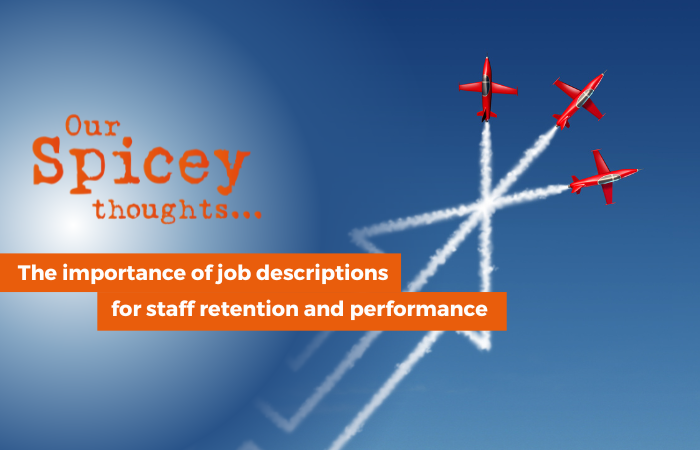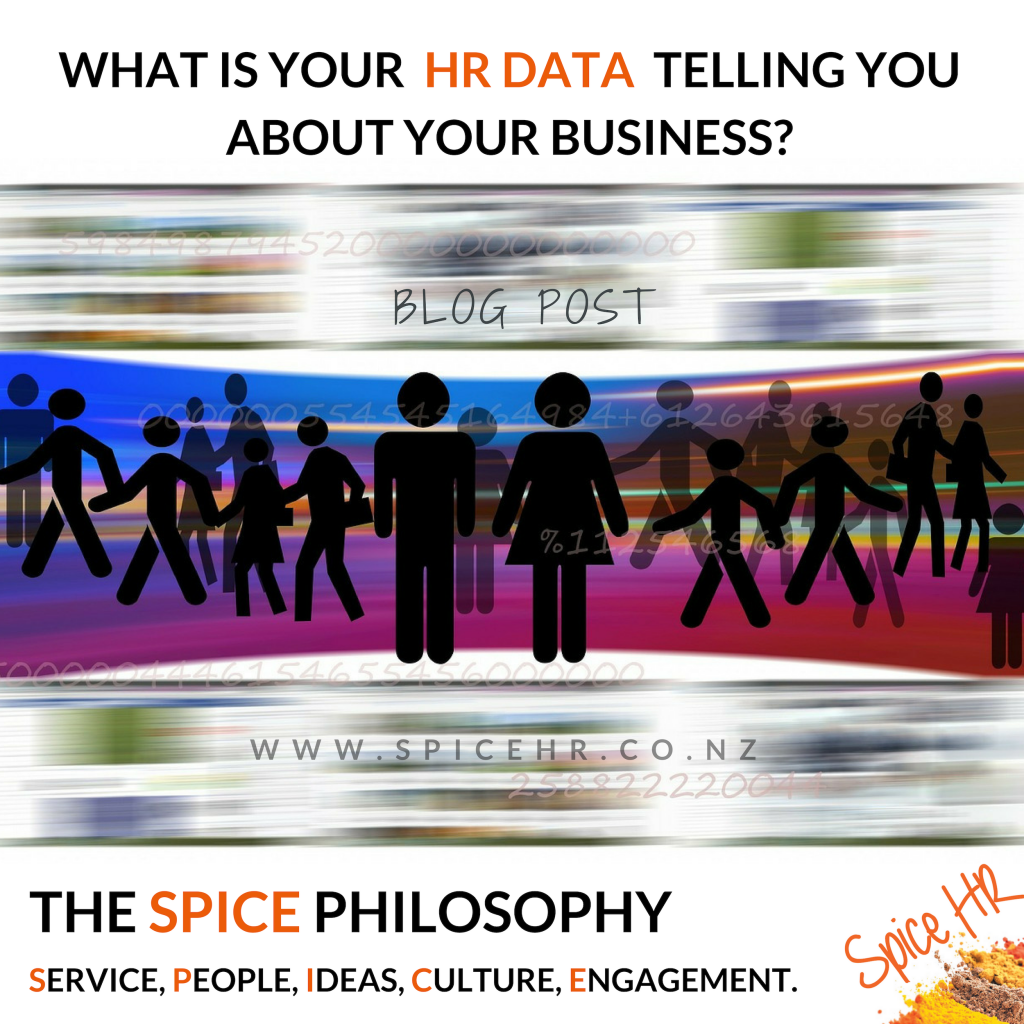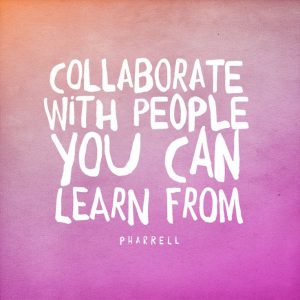
Inclusivity is a buzzword in the HR field.
Of course, you want to create a space that is warm and welcoming for all team members regardless of age, gender, culture or background.
But inclusivity can be so much more than that.
Embracing the full potential of your team members and creating a positive working environment is incredibly valuable on a personal and professional level.
That’s why inclusion is playing a leading role in retention, innovation, and so many other key areas of business. Let’s investigate this further to see how you can create an inclusive environment at your workplace.
What Is An Inclusive Workplace?
Creating an inclusive workplace is not about investing thousands of dollars or overhauling the way you do things. It is simply about creating an environment where everyone feels valued, respected, heard and supported regardless of their background, identity, or differences.
Leading from the top, focusing on inclusivity is creating a place where diversity is not only acknowledged but celebrated. All individuals should have equal opportunities to contribute, grow, and succeed.
Everyone should feel a sense of belonging, no matter who they are. Age, gender, race, culture, religion, sexual orientation, disabilities, or economic background should not be factors – in fact, you should actively work against discrimination or unconscious bias in these areas.
Inclusion is the way, as it fosters a place where people want to be every day and encourages the desire to work towards the common goals of the business.
The Value Of Inclusion
Inclusion is a valuable thing to foster in any environment, but especially in the workplace. Here’s why:
Self Confidence
Knowing you belong and matter helps you to have greater self confidence. New Zealand is becoming an increasingly diverse place. So, it makes sense that our workplaces are becoming equally diverse. Sometimes, majority groups can make others feel excluded simply because they have a habit of emphasising what they have in common.
This isn’t always done intentionally, but it has the negative impact of making those in the minority feel like an outsider. This can negatively impact their self confidence and make them less likely to engage with their role, the business, and the rest of the team.
If everyone can be consciously aware of their behaviour and foster inclusivity, every team member can feel confident, happy and engaged in their work.
Innovation
Businesses that innovate can stay relevant and reach their full potential. That’s because they can adapt to the constantly changing environment that surrounds them and come up with creative solutions to challenges.
When inclusivity is a focus, all your team will feel empowered to speak up and offer their ideas. This is when the best solutions come to light as you can gain perspective from all areas of the business to create practical innovation that works.
Retention
When your team feel the sense of belonging, support and fulfilment that inclusivity brings, you can significantly increase your staff retention rate. If they feel valued and included within your company, then they are more likely to develop a strong sense of loyalty.
Creating a space full of equal access development opportunities, flexible work arrangements for all, fair and inclusive policies, along with a diverse leadership representation shows your team that anyone can succeed and advance within the business. This obviously sets the stage for good talent acquisition and retention.
Why Inclusion Is Playing A Leading Role
Because the world is such a diverse place, inclusivity is a big focus, and it should be. More and more people want to work in an inclusive workplace. They seek out businesses that offer this environment for two reasons. The first one is obvious, they want to feel like they fit in. The second reason is that they don’t want to be part of a company where their colleagues might feel excluded.
That’s why inclusion is taking a leading role in creating engaged and productive workspaces. When inclusion is a core business value you can get the best from your people as they all feel respected, heard and valued. Most importantly, your people will feel safe.
Creating An Inclusive Workspace
Core Values
Simply creating a diversity policy is not enough. Inclusivity needs to be embraced by everyone in the company, not simply seen as a policy to follow. When everyone embraces the concept of inclusivity, then they will all have an opportunity to thrive in an empowering environment.
This vibe should start from the top down with management leading the way. When your managers and leaders show sincerity and genuine interest in inclusivity it helps to intertwine these concepts into the daily behaviours of the business.
Seek Feedback
It can be difficult to know what your team want from a workspace unless you ask them! Collecting feedback is a powerful way to discover what your employees value. The way to produce the most fruitful results is to have them complete an anonymous employee survey so each team member can express their views without fear or judgment.
Collecting the feedback is only part of the process though. Once you have the results, it is important to make company wide changes in line with the needs of your team.
Review
Another important task is to review what is taking place in your business currently. What are some quick fixes you can enact to support a model of inclusivity? Getting some quick wins on the board will show your team you are committed to progress.
Then, it’s time to examine the more time-consuming aspects like policies, recruitment and remuneration. Employee policies should not have any barriers to inclusion. Review what policies you have in place and make changes accordingly. Clearly communicate to all your team what discrimination and harassment look like and the resulting consequences of this negative behaviour.
Your recruitment process should ensure any vacant role is equally accessible to all applicants and that no particular groups will be negatively impacted in the recruitment process.
Remuneration should be transparent and carefully structured. That way you can give guidance on starting salaries and any bonuses while ensuring pay equity is in place for all segments of the workforce.
Include Inclusion
Inclusion should be part of everything that you do. It should become part of your onboarding process so that new team members instantly feel welcome and connected to your business. It should also be part of the daily practices within your office, with meetings, activities and conversations that promote inclusion and understanding.
Don’t forget virtual inclusion either! Remote work is great for flexibility, but it can be isolating. Maintain human connection with those working remotely and ensure mental health resources are available for all.
Making Your Workspace Inclusive
No one wants people to feel excluded, but sometimes it can feel overwhelming to tackle inclusion in the workplace. Gaining the calm and practical advice of an expert HR team can take the stress out of the process and ensure nothing is missed.
The Spice Gals are the team to help you!
With extensive HR experience and a true focus on the human side of Human Resources, this is an area we are passionate about. We’d love to help ensure your workplace is a space where everyone feels relaxed, accepted and valued. Chat with our team today to see how we can help!











